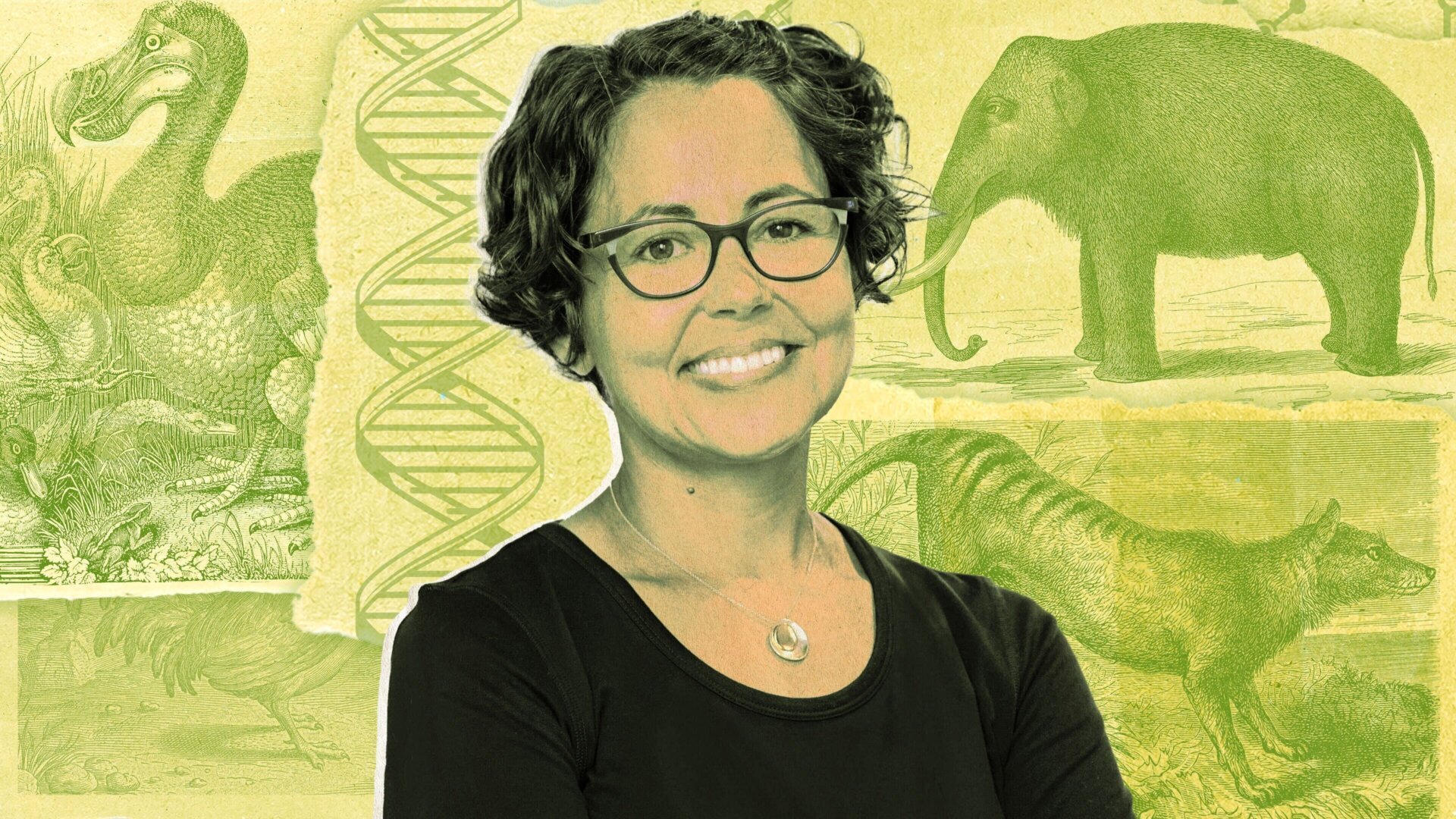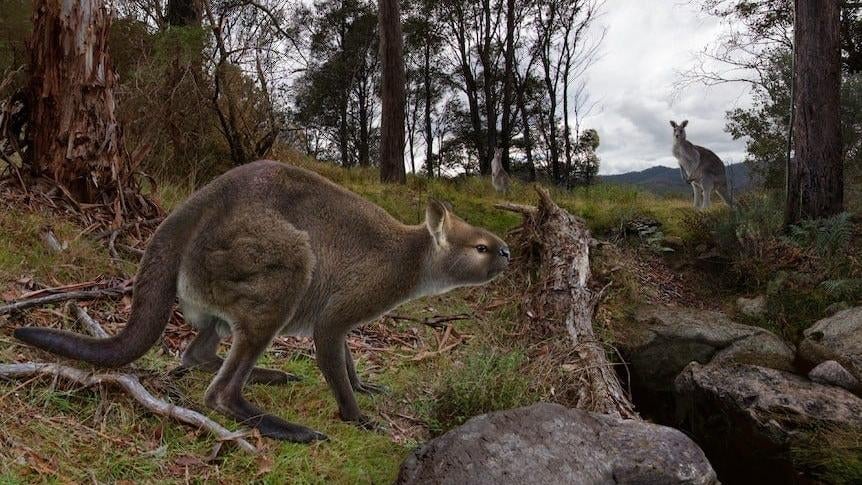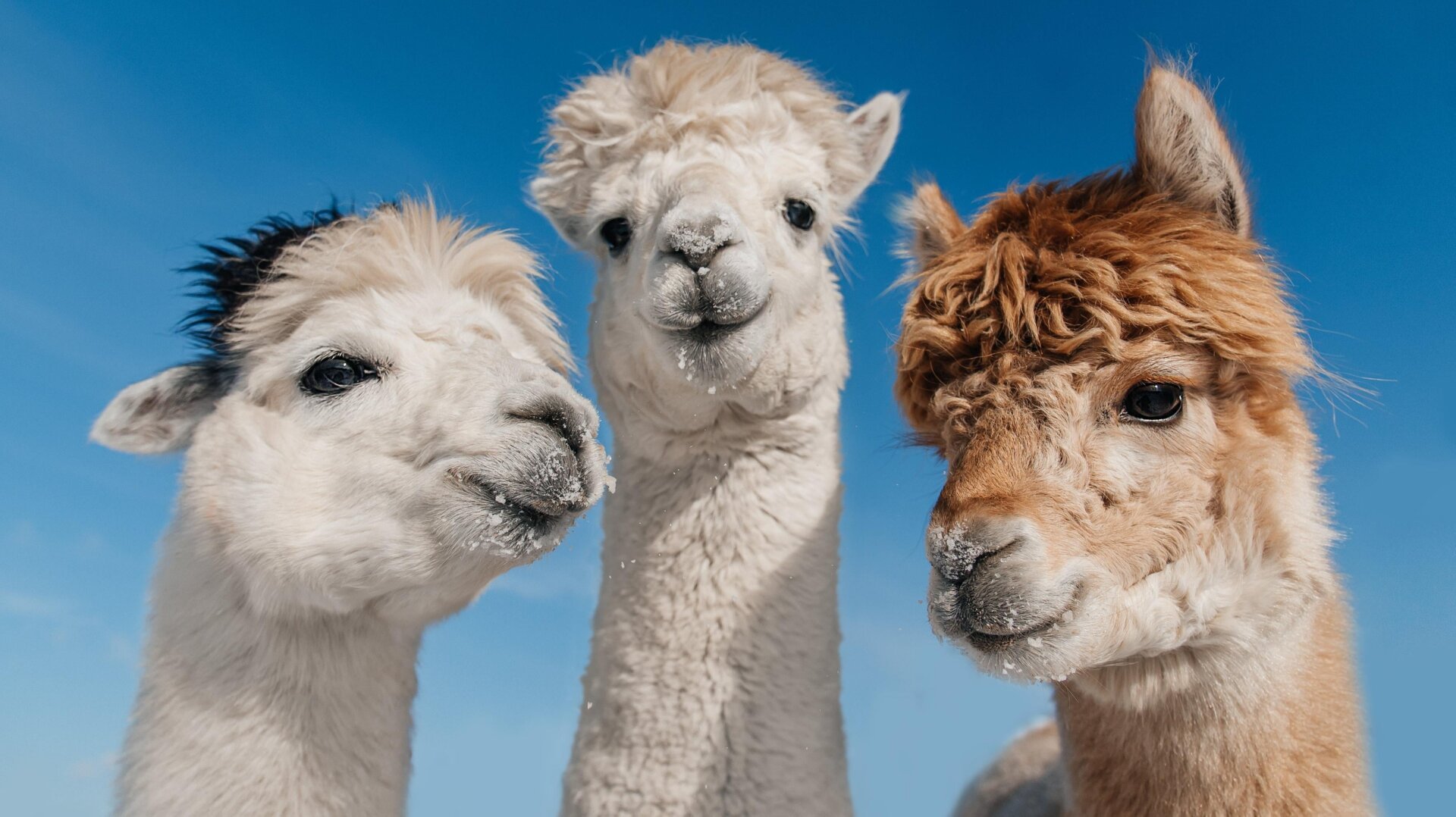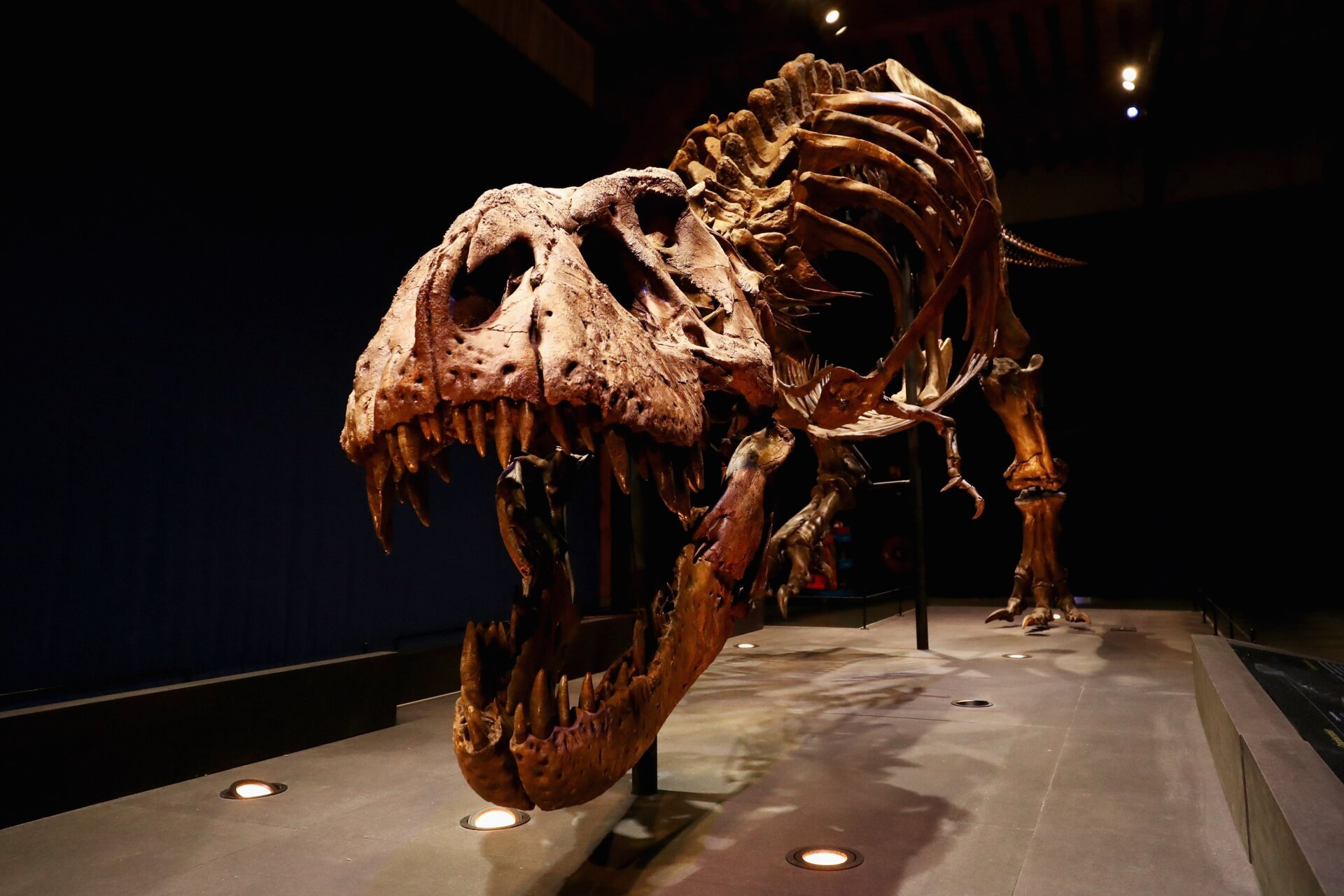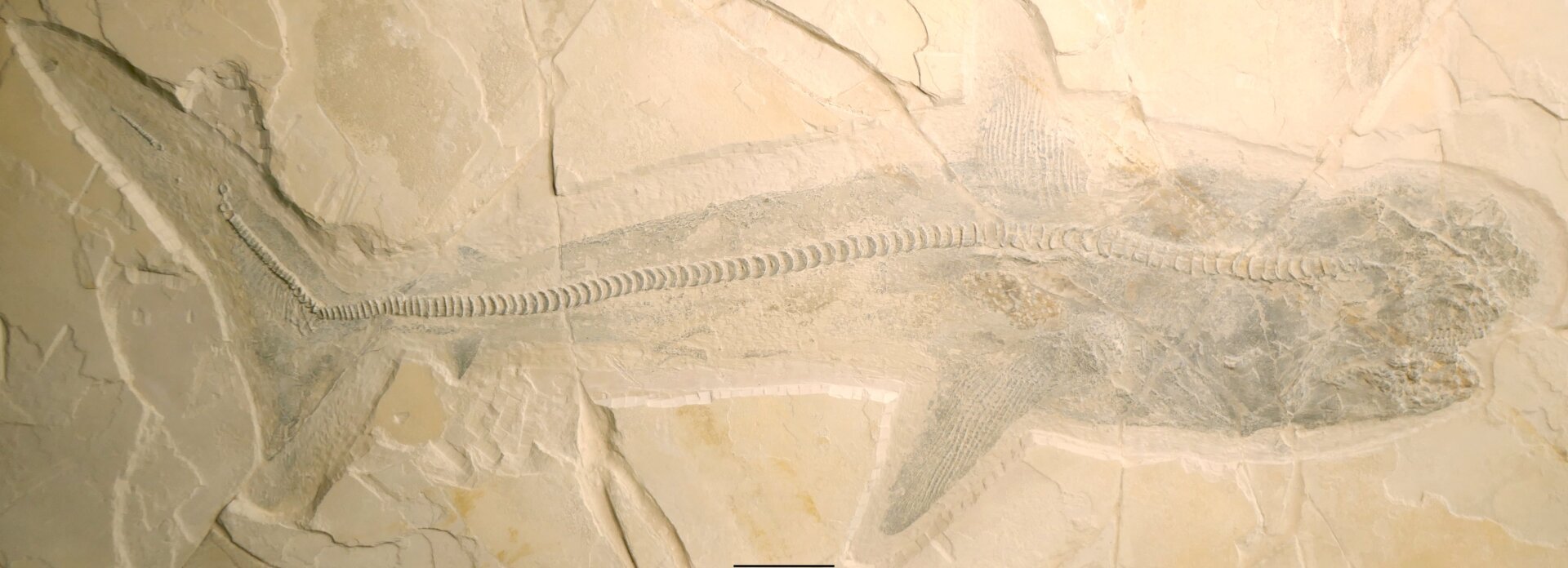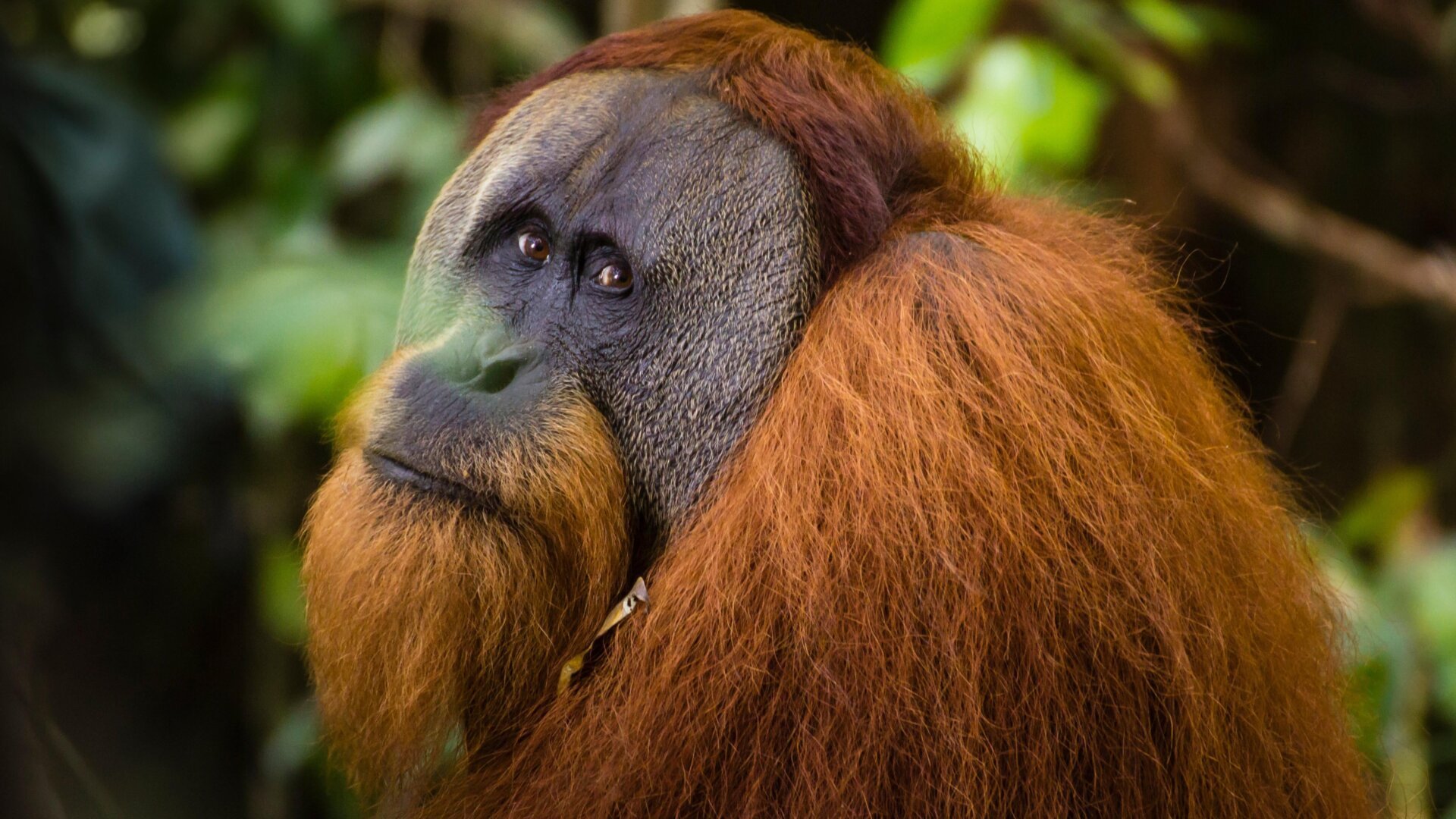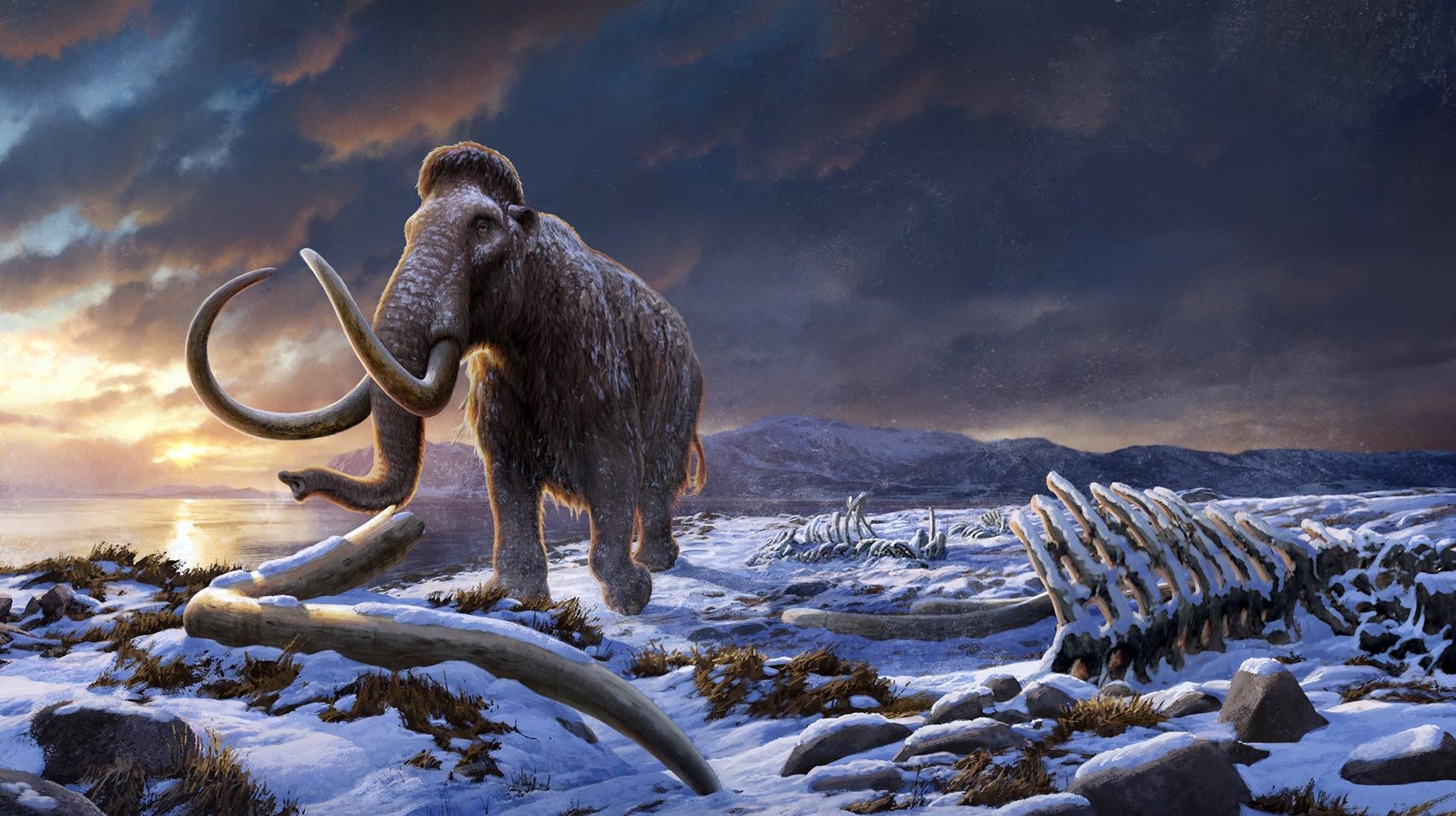Colossal Biosciences has been making headlines with its ambitious plans to “de-extinct” the woolly mammoth, the Tasmanian tiger, and the dodo. The company has attracted significant investment and assembled a team of leading geneticists, including Beth Shapiro, who recently transitioned from advisor to chief science officer. This article explores Colossal’s goals, the scientific challenges of de-extinction, and the potential benefits for conservation.
The Science of De-Extinction
While recreating an exact replica of an extinct animal is impossible, Colossal aims to create functional equivalents, or proxies. This involves equipping Asian elephants with mammoth-like traits, such as long hair and cold resistance, and potentially hatching dodo-like birds from modified chicken eggs. Colossal has already made progress, engineering elephant stem cells capable of reverting to an embryonic state.
One of the significant hurdles in de-extinction is the development of artificial womb technology. While challenging, this research promises to unlock fundamental biological insights. The timeline for each species varies depending on the specific technical, ethical, and ecological challenges. Birds, for instance, present unique obstacles.
Colossal’s approach involves editing primordial germ cells (PGCs), precursors to sperm and eggs. In birds, these cells can be extracted from early embryos, edited in a lab, and then reintroduced. The resulting offspring would carry the desired genetic modifications. This method offers advantages over editing later-stage embryos, which are more complex and contain numerous cell types.
Shapiro’s Vision and Colossal’s Mission
Shapiro’s transition to chief science officer underscores her belief in Colossal’s potential. She is particularly enthusiastic about developing tools applicable to biodiversity conservation. Colossal has committed to making these tools available to conservationists at no cost. Progress in areas like bird genome editing could have far-reaching implications for conserving endangered species.
Shapiro acknowledges the difficulty of leaving academia but emphasizes the importance of ensuring her former lab members’ continued success. While the exact timelines for de-extinction remain uncertain, Colossal is targeting 2028 for the mammoth project. Biological research, unlike software development, is complex and unpredictable, making precise timelines difficult. The possibility of accelerating gestation in an artificial womb remains an open question, dependent on further research into placental development.
De-Extinction: A Catalyst for Technological Advancement
The field of de-extinction has significantly advanced since Shapiro’s books on the subject. Gene editing technologies have become more precise and capable of handling larger DNA segments. Ancient DNA research has also progressed, providing more comprehensive mammoth genomes for comparison with elephants. However, challenges remain in adapting these technologies to non-model organisms.
De-extinction projects drive technological innovation, creating tools applicable to other fields like genetic rescue and human health. The ambitious goal of recreating a mammoth necessitates advancements in ancient DNA analysis, gene editing, cell culture, animal husbandry, and artificial womb technology.
Ecosystem Impacts and Conservation Goals
Colossal’s choice of species reflects the diversity of life, encompassing a bird, a marsupial, and a placental mammal. Each species presents distinct technical hurdles, encouraging the development of broadly applicable technologies. The reintroduction of these species offers potential ecological benefits. The Tasmanian tiger, for example, was an apex predator, and its absence has created an imbalance in its former habitat.
Ecosystem monitoring and modeling are crucial aspects of de-extinction projects. While digital twins offer detailed insights, simpler models can also be valuable. Colossal is currently studying the potential carrying capacity of Arctic ecosystems for mammoths, considering factors like food availability, space requirements, and interactions with other species.
While some view the mammoth project as a potential climate change mitigation strategy, the impact on climate will vary depending on the species. Shapiro emphasizes the importance of research to determine the actual effects. The primary goal of de-extinction is to enhance biodiversity and ecosystem resilience, which in turn contributes to a more robust response to climate change.
In Mauritius, the reintroduction of the dodo could have positive impacts on the local ecosystem. The Mauritian Wildlife Foundation, a partner in the project, has already successfully reintroduced giant tortoises to the island, leading to the resurgence of native plants. The dodo project has also spurred increased investment in conservation efforts in Mauritius.
Technical Challenges and Future Directions
The greatest technical challenge lies in making extensive genomic changes to closely replicate extinct species. While a few tweaks to achieve core phenotypes may be sufficient, some advocate for more comprehensive modifications. This requires advanced tools for inserting large DNA sequences or synthesizing entire genomes. These tools are under development but represent a longer-term goal.
Open communication and diverse perspectives within Colossal are essential for navigating these complex scientific and ethical considerations. The shared commitment to conservation and technological advancement fosters productive discussions and ensures a comprehensive approach to de-extinction.
Colossal is actively engaged in various conservation programs globally, contributing to the broader mission of preserving biodiversity. While these efforts may not directly advance the mammoth project, they support the overall goal of creating a more sustainable and resilient future for the planet.



